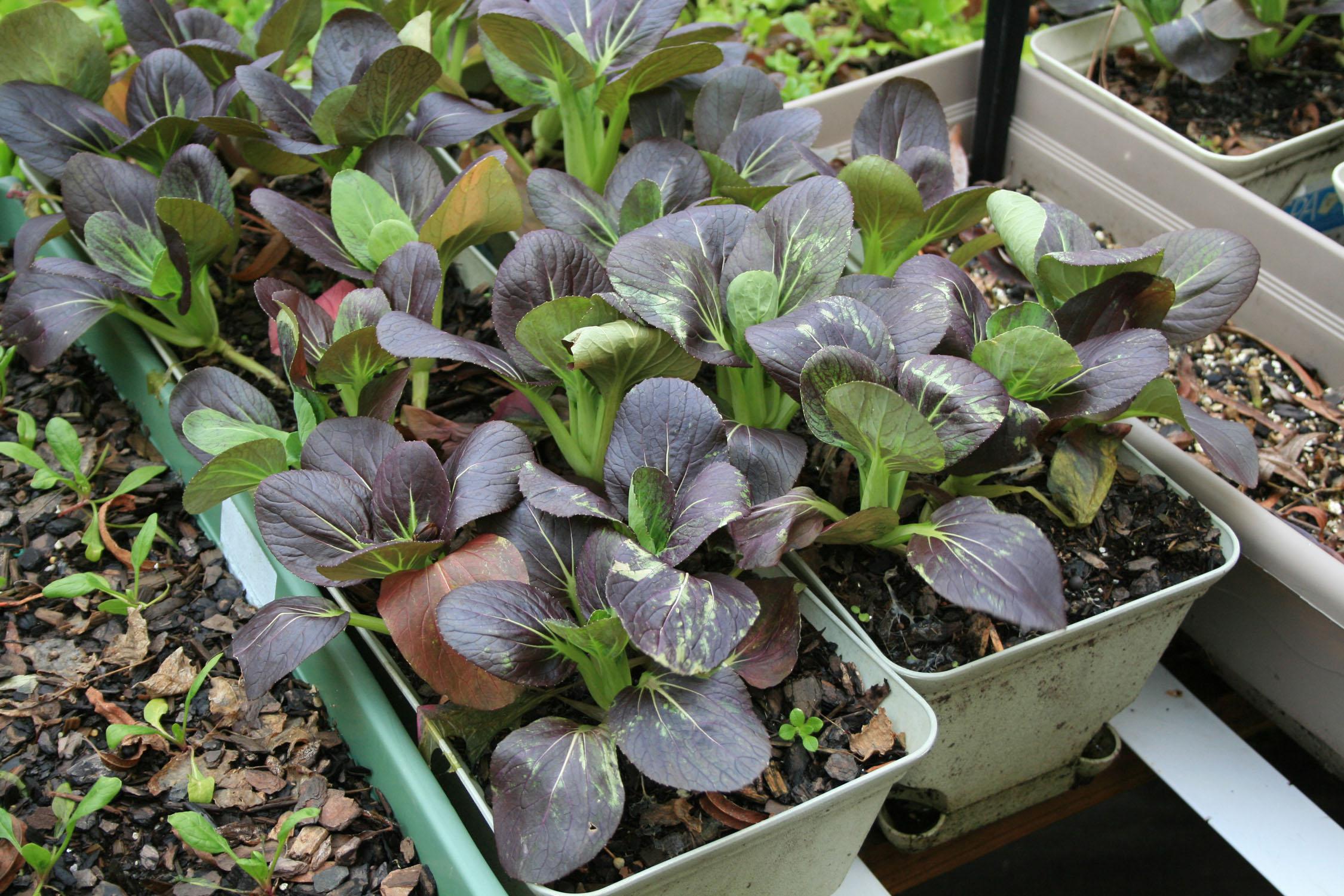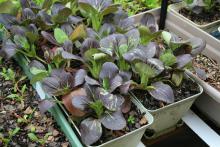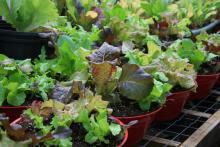Information Possibly Outdated
The information presented on this page was originally released on May 5, 2014. It may not be outdated, but please search our site for more current information. If you plan to quote or reference this information in a publication, please check with the Extension specialist or author before proceeding.
Use container gardening for vegetable production
There’s nothing like preparing a meal using vegetables that were picked only five minutes earlier. That goal drives the efforts of many home gardeners.
But many people, especially those new to gardening, are under the misconception that a vegetable garden is a lot of work. Who wants to go out and take care of the weeding after you’ve worked all day and it’s 90 degrees outside? Besides, who has the room needed for a garden?
Truth be told, you only need a small garden or even a patio to enjoy fresh-grown vegetables in the summer and year-round.
Growing vegetables in containers is a fantastic way to enjoy fresh produce, and you don’t have to weed. Container growing also is ideal if you have limited yard space or live in an apartment and only have a balcony or patio.
I’ve found that you can harvest more vegetables in a lot less space growing them in containers than if you grow those same plants in the ground.
Soil conditions are less than ideal in many locations in Mississippi and around the country. Growing vegetables in containers is a great alternative to the work you would have to put in to amend poor soil. Those with accessibility concerns can also enjoy vegetable gardening when the containers are placed on benches or tables to bring the garden up to a higher level.
When I talk about container gardening, one question I always get concerns what type to use. There is no one answer for all situations.
Reusing black nursery containers is inexpensive. These pots come in a wide variety of sizes all the way up to 15 gallons and larger. I grow citrus trees in 25-gallon containers. For harvest success with tomatoes, peppers and eggplants, I suggest using at least 5-gallon containers. Zucchini and squash grow really well in this size of container.
Don’t forget about potatoes and a favorite of mine, Jerusalem artichoke. These plants do extremely well in large containers. During the cooler months, lettuce and other types of greens grow well in window boxes.
While I do use these traditional containers, I do most of my vegetable gardening in subirrigated containers like those made by EarthBox. There are several commercial options available, as well as do-it-yourself plans. These containers keep the root zone moisture consistent, which is important for the best harvest success.
Subirrigated containers are good options for patios and balconies because there is less water overflow than in traditional containers. These containers can weigh in excess of 60 pounds each when full of water.
Moisture is the single most crucial consideration when growing vegetables in containers. Since their roots are not in the ground, the plants depend completely on you for water. Most must be watered daily at least and multiple times a day in the summer.
This is where drip irrigation is handy. Off-the-shelf starter kits make the setup easy. I recommend using pressure-compensated emitters, which allow gardeners to know precisely how much water is being applied.
Always use peat-based container mixes -- never garden soil -- when growing vegetables in containers. These mixes have components like peat moss, coir, bark and forest by-products that ensure a well-drained container. Adequate fertilization is necessary for a successful harvest. Both inorganic and organic fertilizers are available every season.
Controlled-release fertilizers release nutrients over a period of time, typically from three months to more than nine. You must supplement these products monthly with another fertilizer like calcium nitrate. Since you will be watering anyway, I think using a water-soluble fertilizer is a great way to get this done. Apply water-soluble fertilizer weekly, and combine with a controlled-release product for superior results.
So start dreaming of fresh vegetables on the table this summer, and put some container gardens together now to make it happen.










